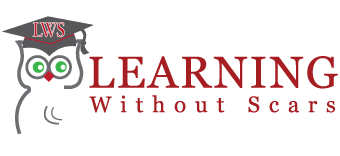The ultimate measure of your service to customers is the loyalty that they give you with the business. That can be measured by customer retention. During the 1980’s Harvard Business School did the definitive research on this subject. That work was published in a book called the “Service profit Chain.” This is one of the foundations that is used in this class to show students the “how to” measure customer loyalty.
There is a direct correlation between employee satisfaction and loyalty and customer satisfaction and loyalty. This correlation is explored and explained in this program. Various surveys are exposed to measure employee satisfaction. This information provides recommendations for action.
The Construction Equipment Industry has conducted customer surveys every five years that asks customers about their buying habits. These surveys provided guidance to the dealers on what the percentage of defections would be in the Industry. This class provides a direct linkage that can be used on profitability related to customer retention by the parts business and the service business.
This Customer Loyalty class starts to address the retention measures to use when a customer is assigned to a specific employee. A customer assigned to a Product Support Salesmen has a retention goal, a customer loyalty goal, of 100%. The tools to perform this calculation are provided in this class.
